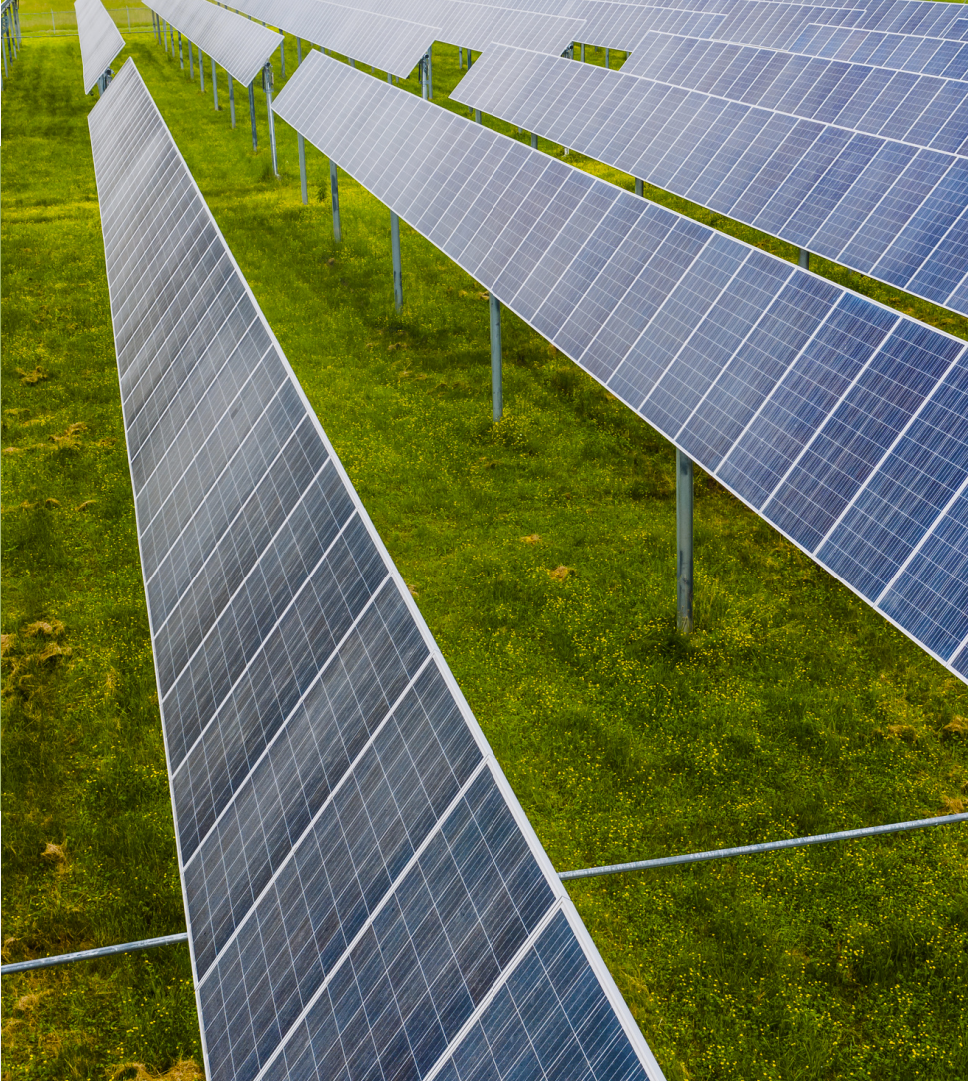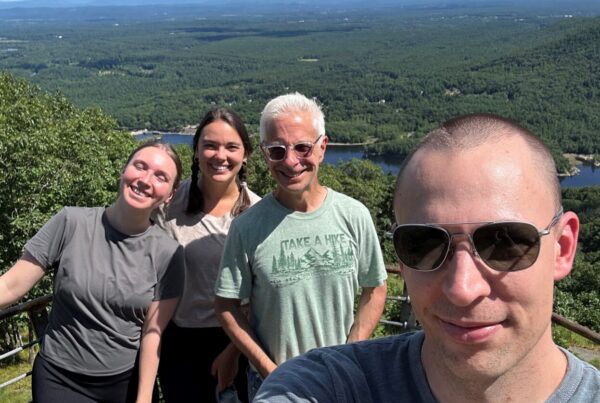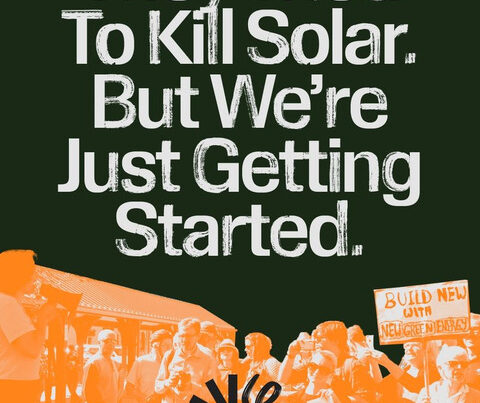By Anthony DeFazio, Sustainable PR – for Glens Falls Business Journal
Published August 18 2025
In just the first half of 2025, the U.S. canceled or downsized a staggering $22 billion in clean energy projects. New York alone saw more than two-thirds of its onshore renewable power contracts canceled last year, setting the state back in its goal to reach 70% clean energy generation by 2030. These setbacks ripple far beyond industry losses as communities miss out on millions in potential tax revenue and thousands of jobs, while higher energy bills and continued pollution hit residents’ wallets and health.
In New York, where municipalities have significant control over land use, the path from a project proposal to a finished solar farm is often fraught with challenges. Misinformation, mistrust, and unanswered questions can fuel local opposition, leading to project delays or even cancellation. When this happens, both communities and developers lose. Developers see projects stall while communities forfeit millions of dollars in potential tax revenue and long-term economic gains. However, strategic and proactive community engagement can address concerns early, and establish trust between developers and the communities they serve and pave the way for approvals.
Communities that lack experience with renewable energy projects often contend with opposition from residents when a project is announced. Residents’ concerns fester when unfamiliarity with technology meets widespread misinformation —often amplified online by fossil fuel-funded actors —and a lack of communication from developers, leading to growing community dissent. Opposition groups swell and place pressure on local boards to slow or halt development. Their efforts to influence municipal boards often succeed not by outright rejection, but through moratoriums that can delay projects up to a year or two, forcing developers to rescind their applications. Furthermore, when revised solar ordinances impose such stringent regulations on development, they can render projects no longer viable.
What is lost in the fuss and fervor is the fact that residents risk losing out on significant financial benefits by urging leaders to reject these projects, as community solar projects are proven to generate substantial tax revenue. For an average project, this can mean between $3,000 and $5,000 per megawatt annually. For a typical 5-megawatt community solar project, this amounts to about $25,000 in annual tax revenue, representing nearly three times as much tax revenue as an average residence generates, supporting vital local services like road repairs, schools, and parks.
Beyond tax revenue, communities can further secure direct benefits by negotiating a Host Community Agreement (HCA) with developers. These agreements provide community
support via annual payments, community benefit funds, and other investments tailored to the specific needs of the community, such as infrastructure upgrades or recreation improvements. Together, these provisions deliver tangible, meaningful financial gains that communities can leverage throughout the development process.
Unfortunately, many communities kill developments due to concerns about preserving community character and agricultural land, as well as unfounded fears of explosions or electric shock that reveal a lack of familiarity with solar technology. These unanswered questions and perpetual concerns quickly turn into steadfast opposition, causing costly project delays and eventual cancellations that hurt both developers and host communities.
Proactive community engagement and outreach can transform this dynamic. When implemented early and executed thoughtfully, communication campaigns can educate communities about the benefits of solar technology, provide project details, and clarify the permitting process.
Read Tony’s full feature here (p.7)





